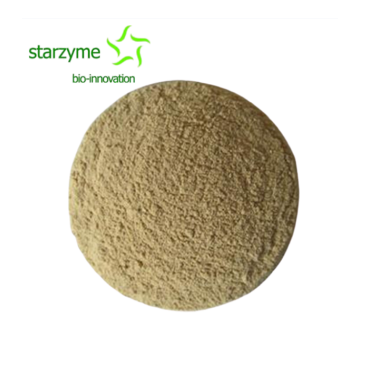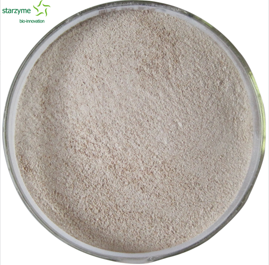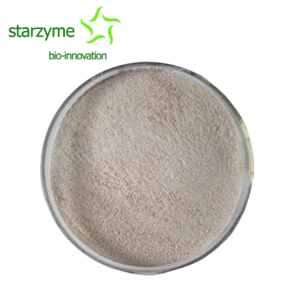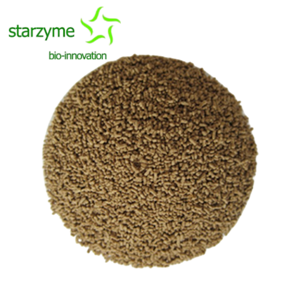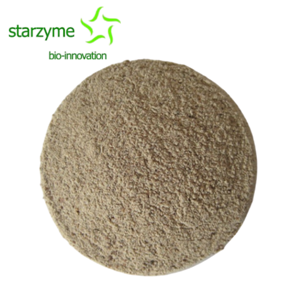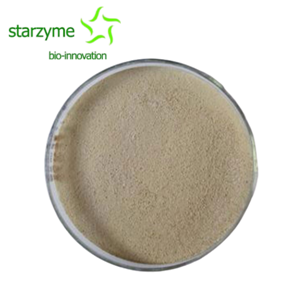Antibacterial Mechanisms of Bacillus amyloliquefaciens
Antagonistic Effect
Antagonistic effect is the indirect inhibition of pathogen growth by microorganisms creating an unfavorable environmental condition. Microorganisms can inhibit pathogen growth by secreting secondary metabolites. For example, probiotics like Bacillus subtilis and Bacillus amyloliquefaciens inhibit the growth and reproduction of pathogenic bacteria by producing antibiotics, bacteriocins, cell wall degrading enzymes, and other antibacterial proteins and volatile antibacterial substances, without being affected by itself.
Other experiments used Shigella strains as pathogenic indicator bacteria and isolated Bacillus amyloliquefaciens strains with antagonistic effects against Shigella from the feces of healthy young cattle. Bacillus amyloliquefaciens can affect the colonization ability of pathogenic bacteria in intestinal epithelial cells by competing with them for host cell adhesion sites in animal intestines.
Bacillus amyloliquefaciens contains organic acids in its metabolites, which maintain a slightly acidic gastrointestinal environment and indirectly affect the invasion of potential pathogenic bacteria into intestinal epithelial cells, improving intestinal health. Bacillus subtilis work in the same way.
Lysogenic Effect
Lysis is the process by which the lytic substances produced by the metabolism of Bacillus amyloliquefaciens can cause hyphae to lyse and cytoplasm to dissolve, or dissolve cell walls and membranes. It can be concluded through scanning electron microscopy observation and combined with the results of other researchers on the mechanism of Bacillus subtilis inhibiting fungi that the inhibitory effect of Bacillus amyloliquefaciens and its metabolites on pathogenic bacteria is mainly achieved by destroying the cell walls and membranes of hyphae and spores, causing leakage of cytoplasm inside the cells, leading to hyphae and spores atrophy, abnormal cellular metabolism, and ultimately killing pathogenic bacteria cells.
There are research reports indicating that surfactants have strong biological surfactant properties and have good inhibitory effects on fungi, bacteria, and even viruses. Among the secondary metabolites of Bacillus subtilis, surfactants and Bacillus subtilis can cause cell death by changing cell membrane permeability and breaking the structure of pathogenic bacterial cell membrane.
Many years of rigorous research by several scientists have shown that the lipopeptide antibacterial substances in the supernatant of Bacillus amyloliquefaciens mainly exert their bactericidal effects by disrupting the cell membrane of the pathogen. It is similar to Bacillus subtilis in various applications across multiple industries.

